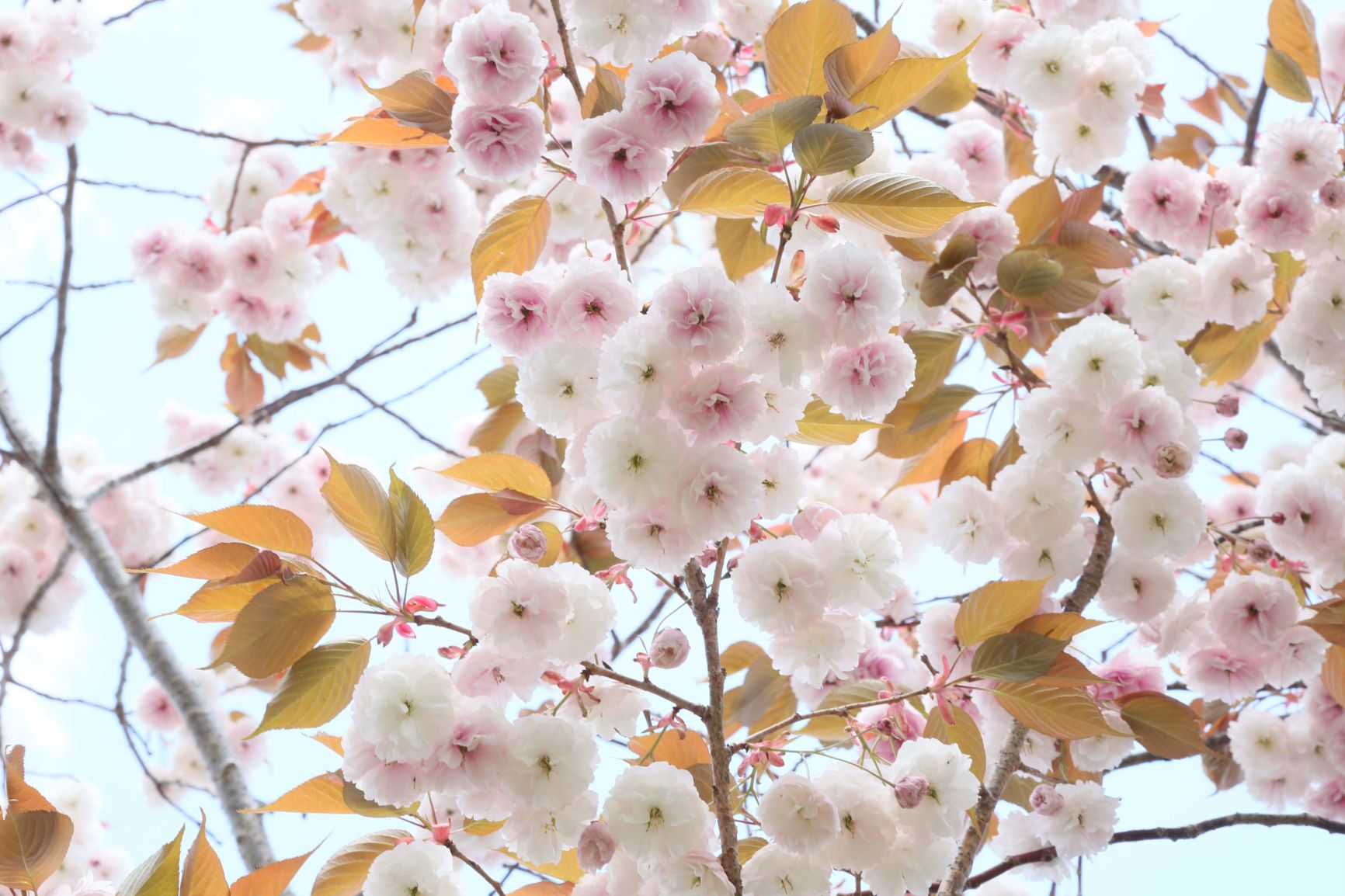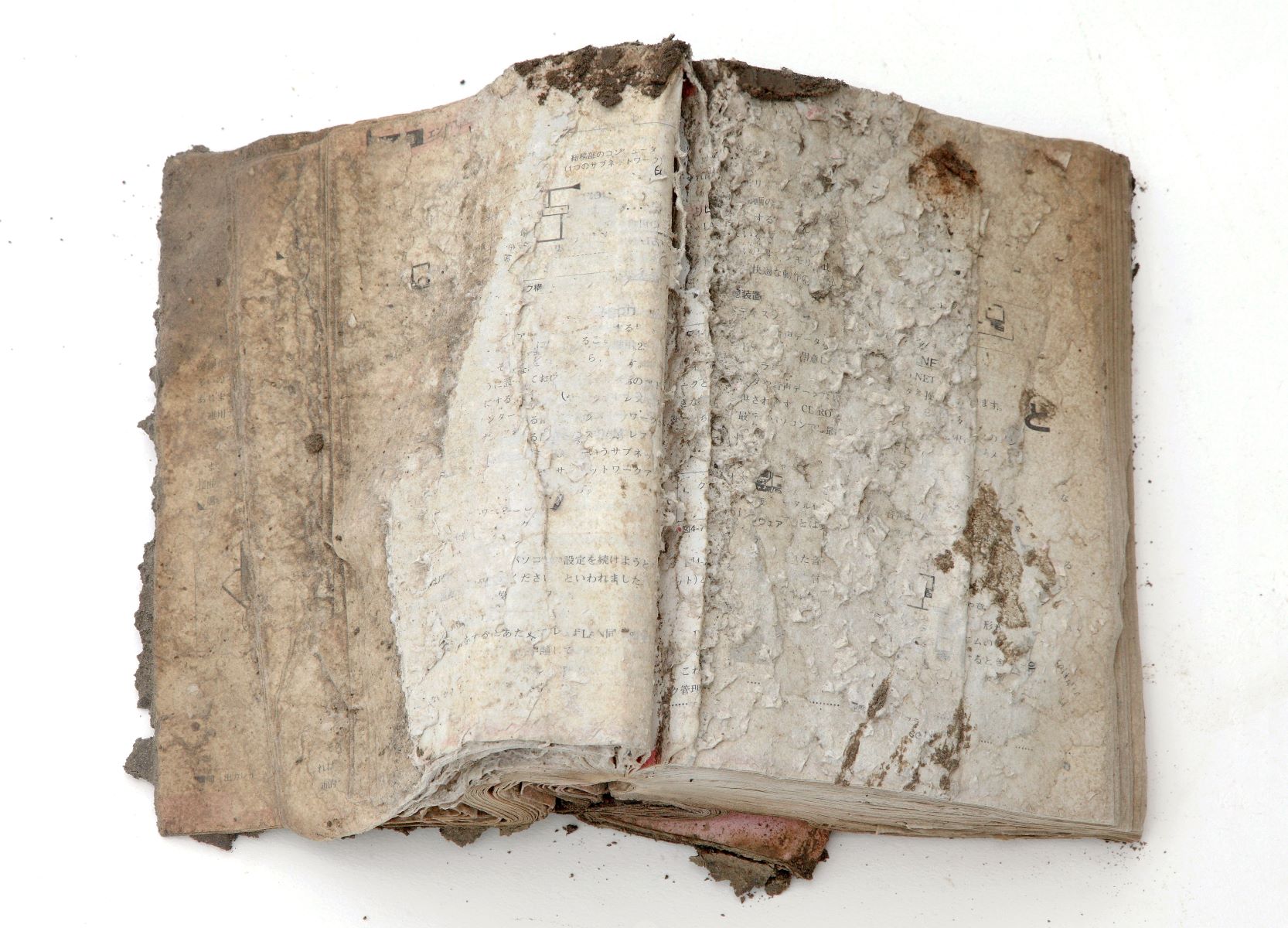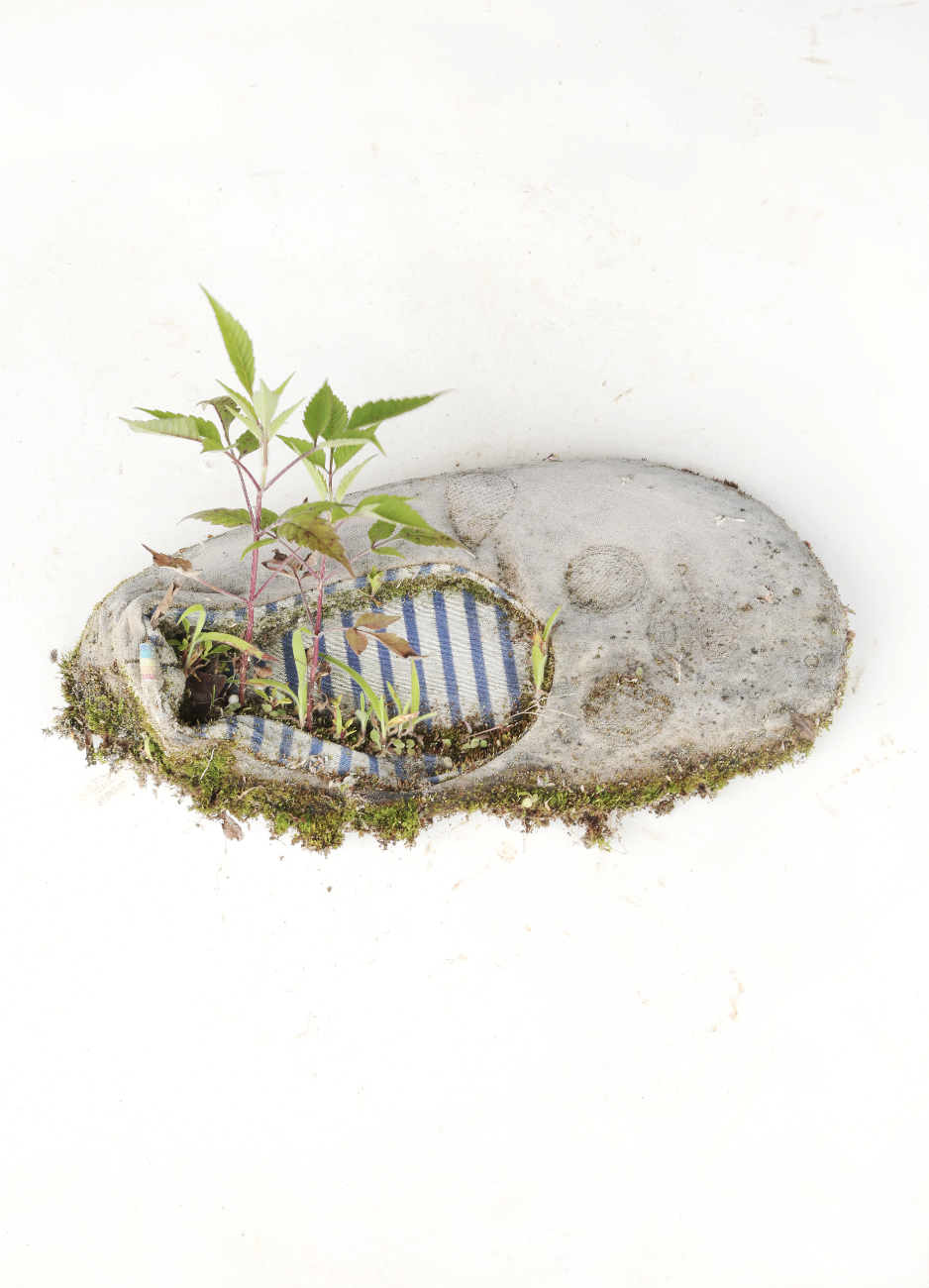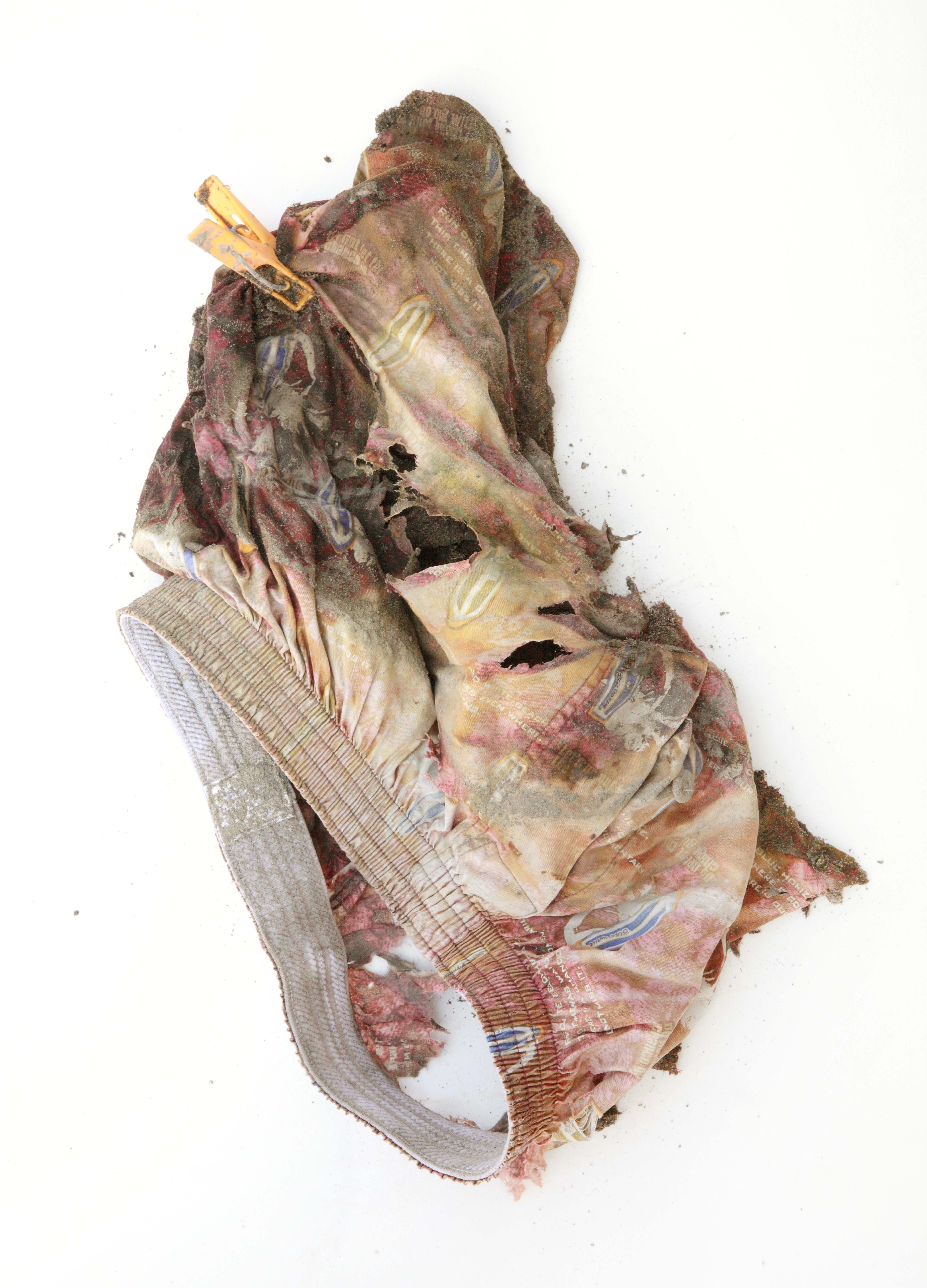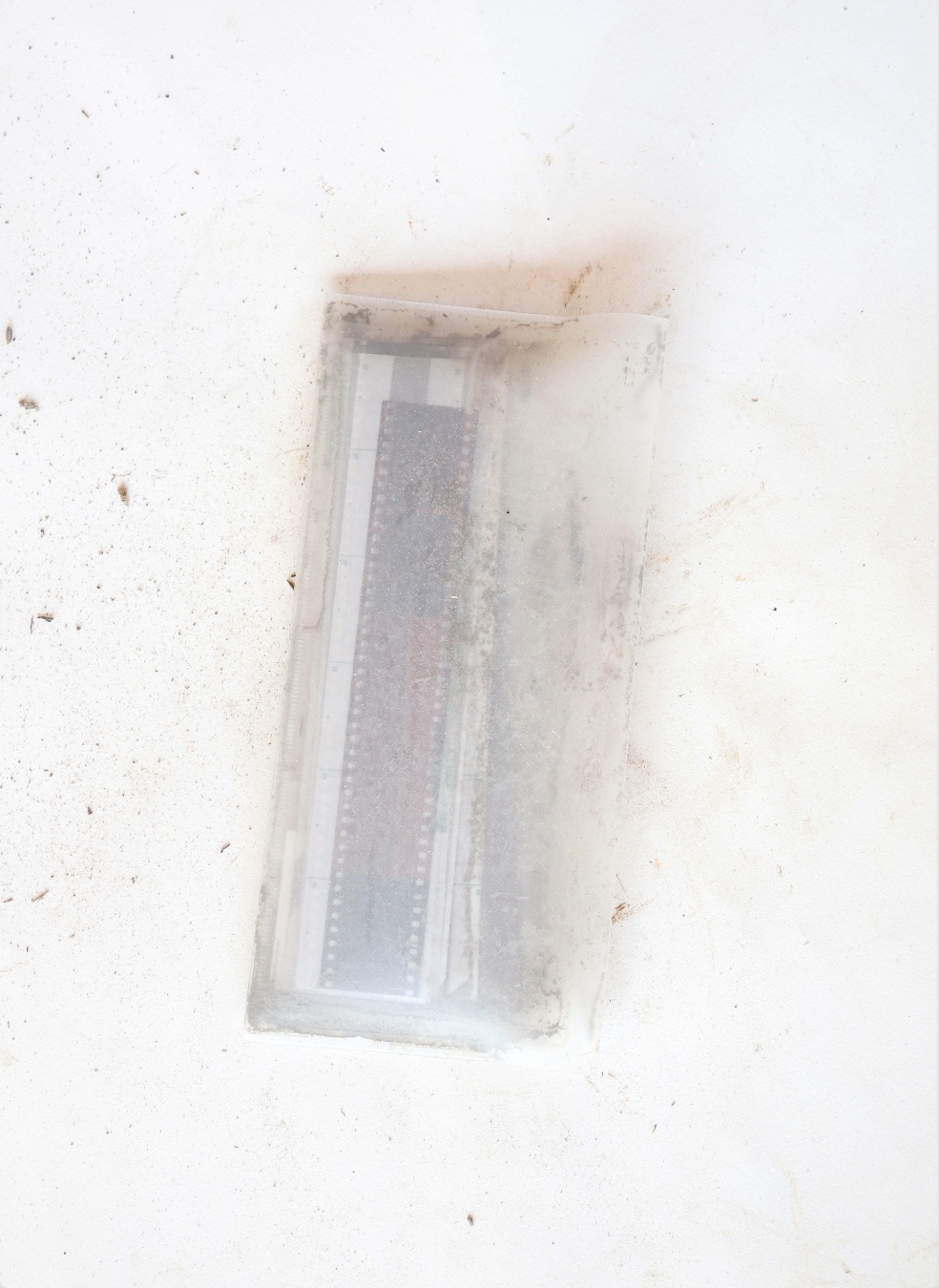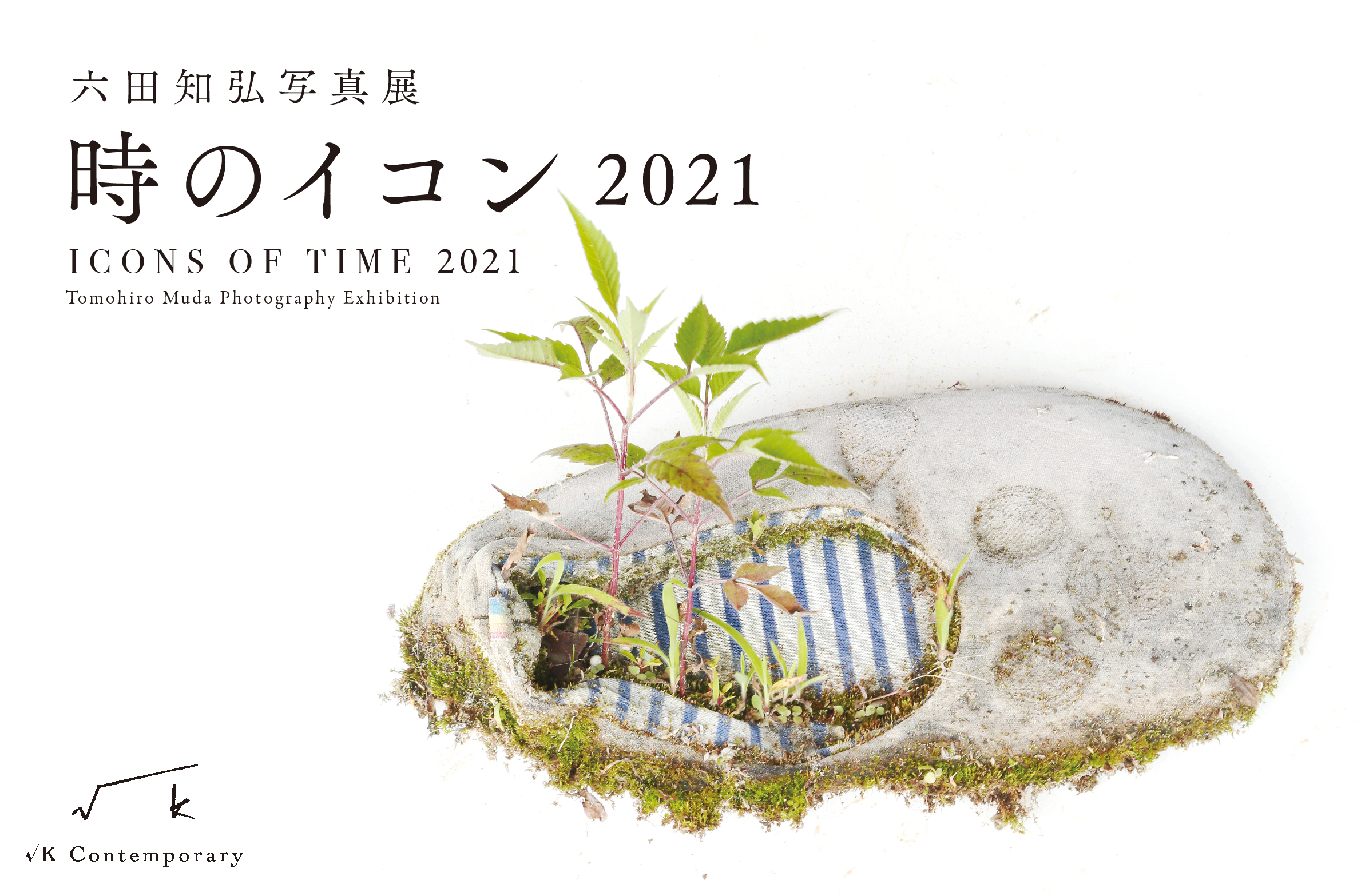
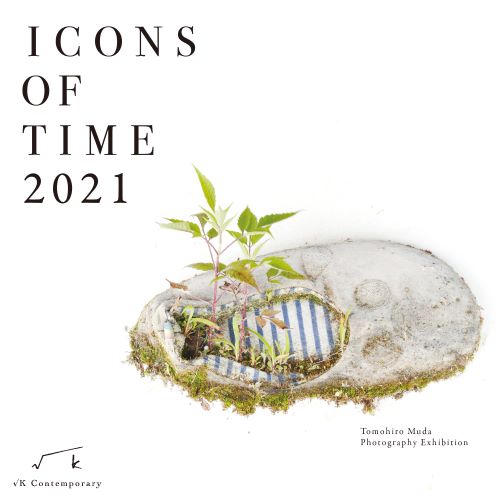
Tomohiro Muda, Icons of Time 2021
Venue| √K Contemporary (6 Minamicho, Shinjuku-ku)
Dates| March 11 (Thu) – March 26 (Fri), 2021. 11am to 7pm (Closed on Mondays)
Admittance|800 yen (Part of the proceeds will be donated towards the Great East Japan Earthquake Reconstruction Support)
Organizer|Japan Art Inheritance Association
Co-operators|SEI-RIN Co., Ltd., √K Contemporary
Opening March 11 (Thu), exactly 10 years after the Great East Japan Earthquake, Tomohiro Muda’s Icons of Time 2021 commemorates the 10-year anniversary of the disaster with an exhibition of photographs. A visual record of the post-disaster landscape, Muda’s photographs conjure the silent narratives of the various objects lost by the tsunami or scenes at the Fukushima Daiichi Nuclear Power Plant.
Exhibited at museums such as the Mitsuo Aida Museum (2013) and The Shoto Museum of Art (2014), these works were published in the critically acclaimed photobook, Icons of Time: Memories of the Tsunami that Struck Japan (Heibonsha, 2013).
For this exhibition, the venue will be set with stones and water to remind visitors of the time and place these found objects represent.
Calling attention to both, nature’s underlying threat to man and its capacity for regeneration, these works emblem the beauty of how objects persist, adjust and form anew with time.
IMAGES
-
2013.5.4 Naraha, Fukushima
-
2012.5.30 Kesennuma, Miyagi
-
2012.7.24 Ishinomaki, Miyagi
-
2012.5.13 Ishinomaki, Miyagi
-
2012.5.29 Ishinomaki, Miyagi
-
2012.11.9 Naraha, Fukushima
ARTISTS
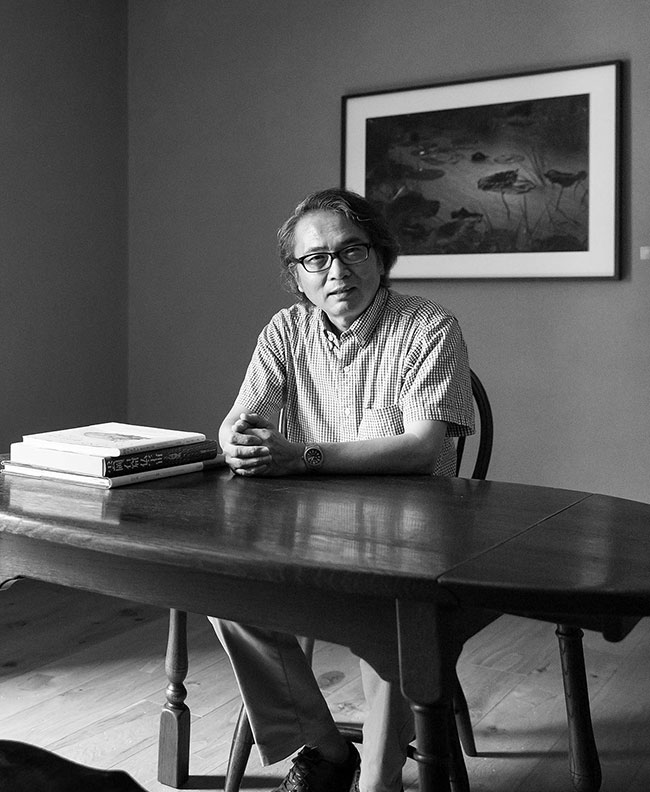
Muda was born 1956 in Nara Prefecture. He graduated from the Department of Education, Waseda University in 1980 and, in 1982, travels to Nepal to stay with and photograph life at the Himalayan Sherpa Village. In 1988, he presented his first solo exhibition, “The Land of Sherpa”. Since then, while exploring “the fundamental relationship between nature and the universe” in his work, Muda has photographed various subjects, from objects to people, landscapes, architecture, roads and stones and has exhibited these photographs in various exhibitions and publications. Muda’s oeuvre further encompasses themes of “prayer” and “time”, photographing Japanese art, such as Buddhist statues, as well as cultural property and antiques, such as Romanesque art and Buddhist archaeological sites in various sites in Asia, such as the Yungang Grottoes and Borobudur. His photographs have been exhibited, both, in Japan and abroad and published in many photobooks.

Muda was born 1956 in Nara Prefecture. He graduated from the Department of Education, Waseda University in 1980 and, in 1982, travels to Nepal to stay with and photograph life at the Himalayan Sherpa Village. In 1988, he presented his first solo exhibition, “The Land of Sherpa”. Since then, while exploring “the fundamental relationship between nature and the universe” in his work, Muda has photographed various subjects, from objects to people, landscapes, architecture, roads and stones and has exhibited these photographs in various exhibitions and publications. Muda’s oeuvre further encompasses themes of “prayer” and “time”, photographing Japanese art, such as Buddhist statues, as well as cultural property and antiques, such as Romanesque art and Buddhist archaeological sites in various sites in Asia, such as the Yungang Grottoes and Borobudur. His photographs have been exhibited, both, in Japan and abroad and published in many photobooks.


